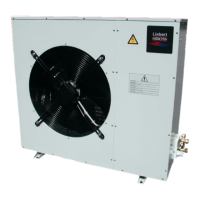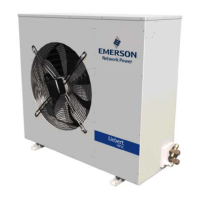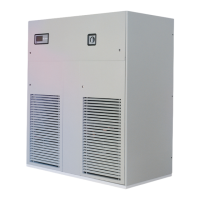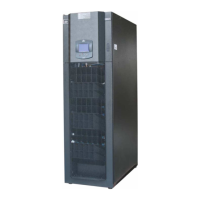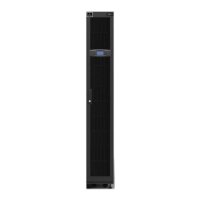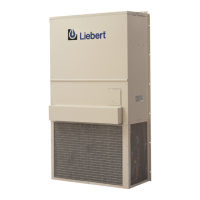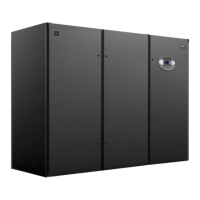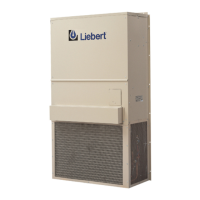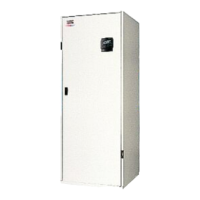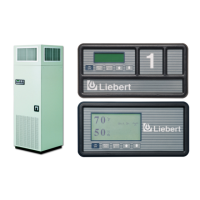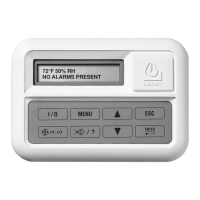What causes a low humidity alarm on my Liebert DM?
- MMr. David BellSep 13, 2025
If your Liebert Air Conditioner shows a low humidity alarm, the setpoint may be unreasonable. Try resetting the setpoint.
What causes a low humidity alarm on my Liebert DM?
If your Liebert Air Conditioner shows a low humidity alarm, the setpoint may be unreasonable. Try resetting the setpoint.
| Refrigerant | R410A |
|---|---|
| Compressor Type | Scroll |
| Airflow | Varies by model |
| Power | Varies by model |
| Sound Pressure Level | Varies by model |
| Dimensions (HxWxD) | Varies by model |
| Weight | Varies by model |
Describes the naming convention and components of the Liebert_DM AC model series.
Introduces the Liebert_DM AC as a precise environment control system for equipment rooms.
Lists key performance metrics like cooling capacity, power, efficiency, and heating/humidification specs.
Details the primary parts of the indoor and outdoor units, including their features and materials.
Explains optional add-ons such as humidifiers, heaters, and power surge protectors.
Specifies the environmental conditions necessary for proper operation and storage.
Details approved refrigerant brands and warranty implications for system charging.
Provides instructions for safely unpacking the unit and checking for any damage or missing parts.
Offers general guidelines and prerequisites before commencing the installation process.
Covers diagrams and parameters for positioning and arranging the indoor and outdoor units.
Details the requirements and procedures for installing the indoor unit, including room and location specifics.
Outlines the necessary steps and considerations for installing the outdoor unit securely.
Explains the principles and procedures for connecting refrigerant and drain pipes between units.
Guides on removing shipping fasteners and vibration absorbers before operation.
Instructions on calculating and adding refrigerant for extended pipe lengths.
A checklist of essential items to confirm before starting electrical installation.
Introduces the key electrical connection tasks required during installation.
Provides crucial safety, regulatory, and general notes for electrical installation.
Details the procedure for connecting the power cable to the indoor unit.
Explains how to connect the power cable to the outdoor unit.
Guides on connecting control, monitoring, and remote shutdown cables.
Steps for connecting the energy-saving card for enhanced efficiency monitoring.
Final verification steps for all electrical connections after installation.
Lists essential checks to perform before powering on the unit for the first time.
Details the methods for testing the unit's cooling, heating, humidifying, and dehumidifying functions.
Outlines the key capabilities and functionalities of the micro-processing controller.
Describes the physical layout and components of the controller panel.
Explains the data displayed on the controller's LCD screen during operation.
Details the function of each button on the micro-processing controller interface.
Describes the different screen states: ON, Normal, and Password entry.
Provides an overview of the hierarchical menu system for navigating controller settings.
Guidelines for periodic inspection of electrical components for safety and function.
Procedures for maintaining the indoor unit's filters, fans, and other components.
Maintenance procedures for the outdoor unit, including the refrigeration system and condenser.
A structured checklist for performing regular system maintenance inspections.
